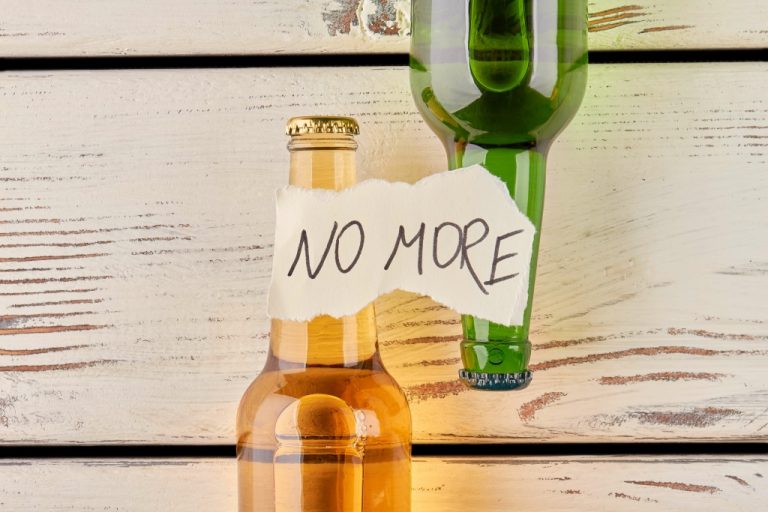These effects stem from the drug’s powerful stimulant properties. People with heart disease or circulation problems are at a particularly high risk of health complications from ecstasy because it can increase blood pressure, heart rate, and workload on the heart. Diagnostic criteria outlined in the DSM-5 or similar guidelines are often used to assess the severity of addiction. These criteria include factors such as the presence of tolerance, withdrawal symptoms, repeated attempts to control use without success, and continuing use regardless of consequences. Additionally, chronic ecstasy use may contribute to cardiovascular problems, liver damage, and the development of anxiety disorders. Some users continue to use the drug despite experiencing negative consequences.
In an emergency? Need treatment?
From the 1970s onward, it became a popular nightclub and rave party drug. It also reduces inhibitions and evokes feelings of intimacy, empathy, and sexuality. This makes it a very popular drug among adolescents and young adults. Our dedicated professional staff is here to guide you or your loved one on the journey to lasting recovery, offering support every step of the way. It also goes by the more common street names of Molly, Beans, Biscuit, Disco,, Lover’s Hug, Peace, and so on. This is one of the most well-planned and thought-out rehabilitation centers in India.
The substance then began illegally circulating for recreational use. MDMA can also be addictive, and research suggests that long-term thinking problems may develop in some people who use it. Molly was made illegal in the United States in 1985 when it was classified by the Drug Enforcement Administration (DEA) as a Schedule I drug according to the Controlled Substances Act. While MDMA or ecstasy was initially used primarily in nightclubs and raves, its use has now spread to a wider range of populations. According to a 2021 survey by the National Institute on Drug Abuse, 0.8% of the U.S. population over the age of 12 reported using this drug in the previous 12 months.
Serotonin Surge
It is typically sold illicitly as colorful tablets with imprinted logos, capsules, powder, or liquid. Some researchers and organizations consider MDMA to be a psychedelic drug because it can also mildly alter visual and time perception. MDMA’s effects may include feeling more energetic and alert and having an increased sense of well-being, warmth, and openness toward others. There are currently no FDA-approved medications to treat ecstasy addiction. Twelve-step recovery programs and support groups may be helpful, particularly when used in conjunction with cognitive behavioral interventions.
MDMA is short for its chemical name 3,4-methylenedioxymethamphetamine. It is a derivative of amphetamine and has a similar structure to methamphetamine (“meth”). Reaching out for help from friends and family can be a great way to gain support. If you communicate your problems about ecstasy and express the desire for help, you can avoid substance use disorders. While you may not get addicted to ecstasy, using it does increase your risk for substance use disorder, especially if you struggle to control your use of ecstasy. That can lead to serious difficulties in your daily life, such as at your job, in your relationships, and in maintaining your emotional well-being.
How Cadabams Rehabilitation Centre Can Help?
Several types of medical professionals can treat ecstasy addiction, depending on the individual’s needs and the severity of their addiction. Addiction psychiatrists specialise in diagnosing and treating substance use disorders, including ecstasy addiction, using a combination of therapy and medication management. Addiction medicine specialists are physicians with expertise in addiction treatment and may provide comprehensive care, including detoxification and ongoing management of addiction-related issues. MDMA, commonly known as ecstasy or molly, is a synthetic psychoactive drug that acts as both a stimulant and hallucinogen. This produces feelings of euphoria, emotional warmth, empathy and heightened sensory perception.
- This comedown can cause unpleasant symptoms like confusion, depression, and anxiety.
- In 2023, an estimated 0.4% of eighth graders (13 years old) said they used ecstasy in the last year.
- Taking ecstasy leads to feelings of euphoria, happiness, and well-being in which you feel drawn to or connected to other people as if you love them.
- MDMA, the primary psychoactive compound in ecstasy pills, is consumed orally in tablet or capsule form.
- The medical use of MDMA is highly regulated and only administered by healthcare professionals in regulated settings.
Understanding Ecstasy Addiction
When talking to the dispatcher, try to not use terms such as “drugs” or “overdose.” Instead, tell them the symptoms that you can see are happening, such as seizures and not breathing. Give the dispatcher your exact location so the ambulance can get to you as quickly as possible. In addition to the high you get from ecstasy, the drug also causes many unpleasant and potentially dangerous side effects that affect your mind and your body. As the effects begin to fade, people often take another dose of ecstasy to double the time it lasts. The effects of ecstasy typically last about four to six hours, though they can continue for weeks. This involves taking several doses of ecstasy spread out over a short time.
- Although ecstasy affects many neurotransmitters in the brain impacted by other addictive drugs, the National Institute on Drug Abuse notes that research has not determined whether MDMA is addictive.
- People who identify as heterosexual males accounted for over half of ecstasy users compared with 28% of people who identify as heterosexual females, according to a 2023 study.
- Ecstasy was one of several drugs tested in a military context decades after.
- Other effects include feeling greater empathy toward others and enhanced sensory perception.
Ecstasy or MDMA can affect the brain and the body in different ways. In the brain, it boosts the levels of serotonin, dopamine, and norepinephrine. Therefore, it gives the feeling of a “rush” – a high or euphoria. However, prolonged use can also affect mood and cognition given its adverse impacts on serotonin and dopamine systems.
If anybody is experiencing any of the symptoms, then it is important to contact healthcare or emergency services. While it is understandable why ecstasy is a very common nightclub or rave drug, it does have a lot of side effects as well. Other possible problems relate to the ecstasy preparations themselves. Because it is illegal, there are no standards for its preparation. Pills sold as ecstasy may contain MDMA, the advertised ingredient – or they may not.
Medication-Assisted Treatment
This suggests MDMA has the potential for addiction, although researchers have not yet confirmed this. MDMA works by increasing the production of serotonin, dopamine, and norepinephrine. These are the brain’s neurotransmitters, which influence mood, sleep, and appetite. A person taking the drug will feel the effect within 1 hour, and it can last up to 6 hours.
Repeated use leads to tolerance, requiring larger doses to achieve the desired effects. As tolerance develops, individuals may experience withdrawal symptoms when not using the drug, driving further compulsive use. Ecstasy overdose symptoms can include faintness, panic attacks or extreme anxiety, high blood pressure, and seizures. When ecstasy use is followed by vigorous physical activity, it can lead to a potentially dangerous rise in body temperature known as hyperthermia. Ecstasy withdrawal can manifest with various physical, psychological, and emotional effects and risks of ecstasy symptoms as the body adapts to the absence of the drug.
Medication-assisted treatment with drugs like Vivitrol, Suboxone, and Methadone can help minimize withdrawal symptoms and cravings during recovery from MDMA misuse. These medications, combined with behavioral therapies, provide a comprehensive approach to ecstasy addiction treatment. While MDMA use initially causes a surge of pleasurable emotions and energy, it also leads to various adverse physical and psychological effects.











